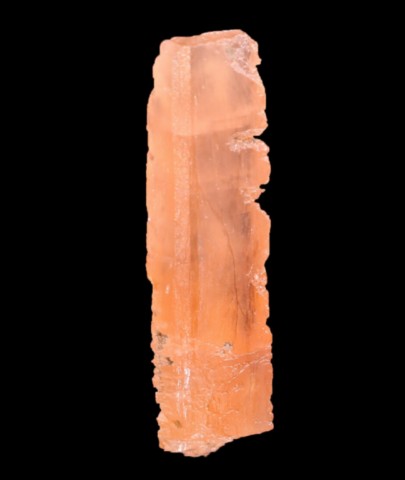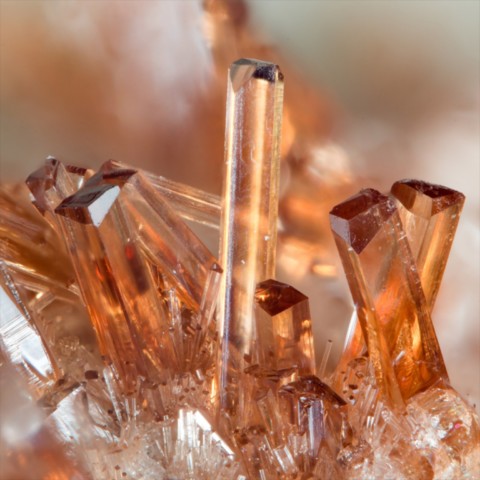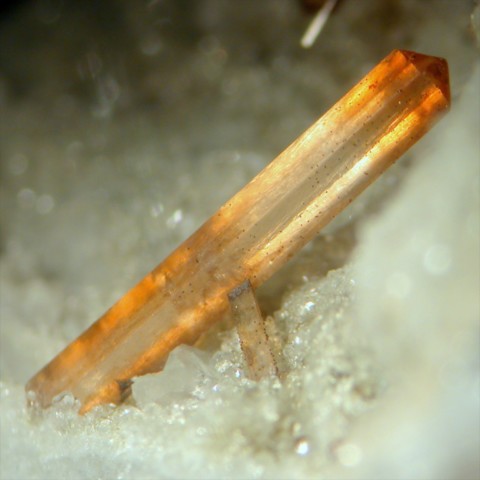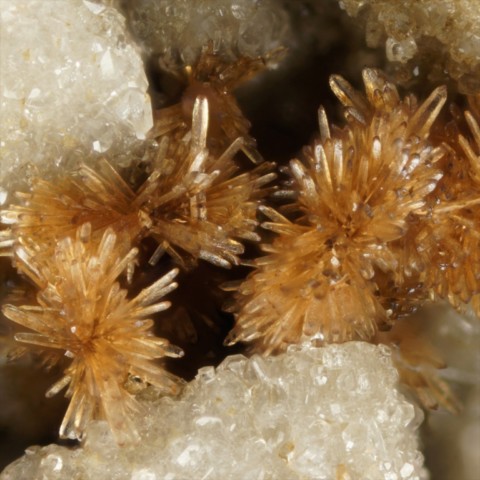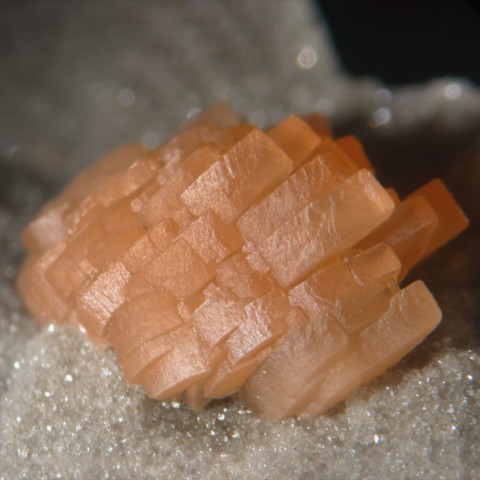 Lithiophilite - Encyclopedia
Lithiophilite - Encyclopedia
Class : Phosphates, arsenates, vanadates
Subclass : Anhydrous phosphates
Crystal system : Orthorhombic
Chemistry : LiMnPO4
Rarity : Quite common
Lithiophilite (or lithiophyllite) is a primary manganese and lithium phosphate present exclusively in sodolithic granitic pegmatites. It forms a continuous series with triphylite, its iron-bearing counterpart. Its name comes from its chemistry (lithium) and the Greek philos (friend) which highlights the abundance of this element in its composition. Brown in color, generally translucent to opaque, lithiophilite most often forms cleavable to compact masses that can reach considerable dimensions (up to 5 m); well individualized, prismatic crystals with pseudohexagonal sections are very rare. The atmospheric and hydrothermal alteration of lithiphillite is responsible for the formation of numerous secondary phosphates (sicklerite, heterosite and purpurite when lithium is eliminated). This progressive transformation gives the mineral a black surface color which spreads along the cleavages, drawing a grid.
Main photo : 1.7 cm lithiophilite from Foote Lithium Co. Mine, North Carolina, USA © Rob Lavinsky
Lithiophilite in the World
Twinning
Contact twins on {130} are known but rare.
Fakes and treatments
No fakes recorded for this mineral species.
Hardness : 4
Density : 3.29 to 3.50
Fracture : Undetermined
Streak : White to pale yellow
TP : Translucent to transparent
RI : 1.663 to 1.691
Birefringence : 0.010
Optical character : Biaxial +
Pleochroism : Low
Fluorescence : None
Solubility : Acids
Magnetism : NoneRadioactivity : None

